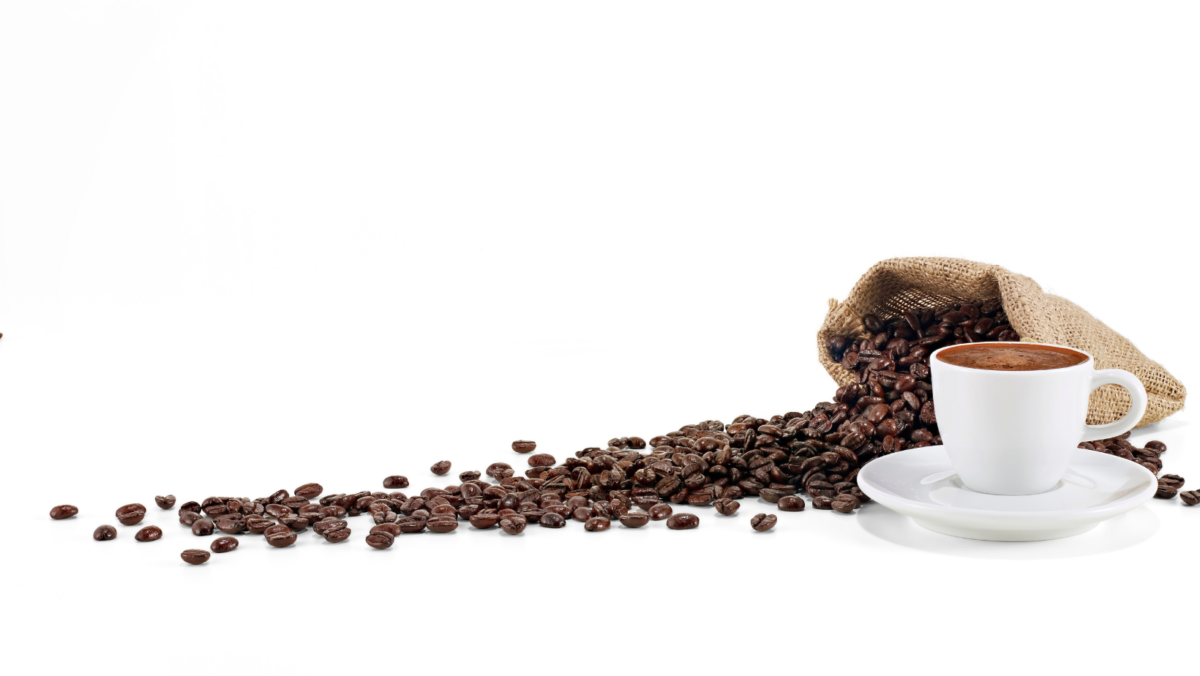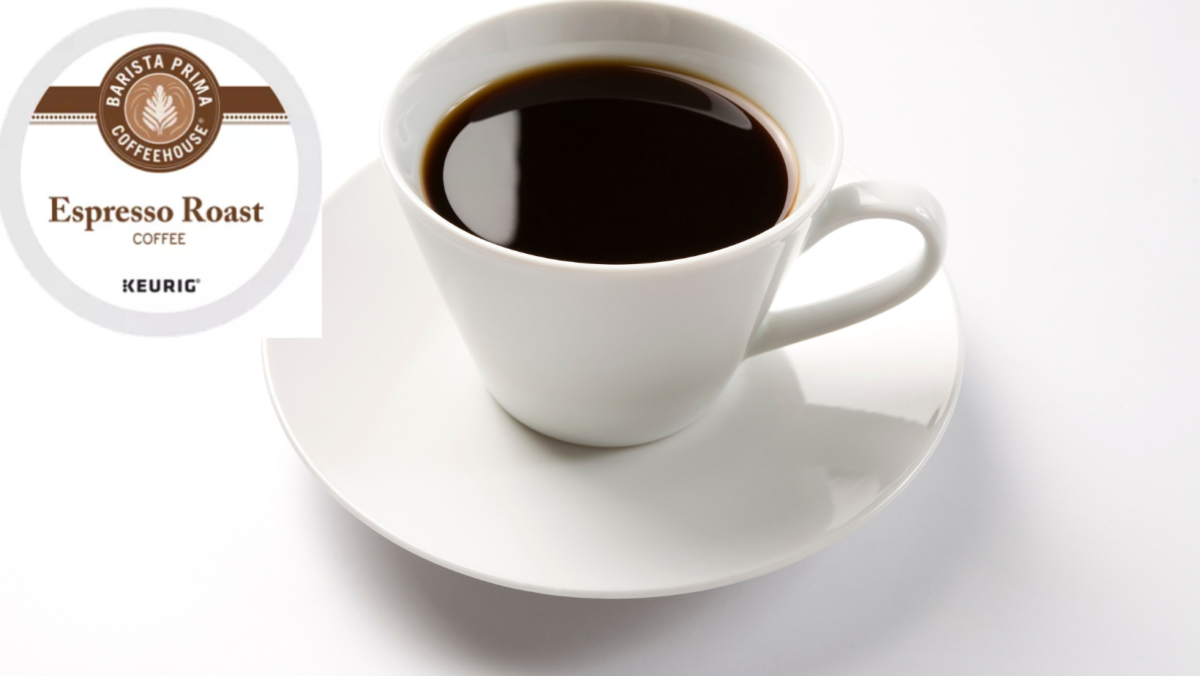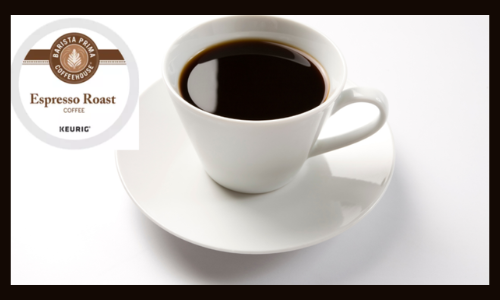Barista Prima Espresso Caffeine Content vs Regular Coffee – You’ll be surprised
Caffeine in Barista Prima espresso may be less than what you expect

You might be surprised to find that a double shot of Barista Prima Espresso with your daily latte contains less caffeine then 2 cups of regular coffee.
Many people think espresso has more caffeine than regular coffee. However, they are mistaken.
Let’s take a look at the facts.

How much caffeine in espresso prima or coffee ?
A single shot of espresso, which is about 1 fluid ounce, contains about 75 mg of caffeine. However, a single cup, or approximately 8 ounces, of coffee has about 110mg of caffeine.
This table might help
| Type of coffee | Fluid Ounces | Caffeine Average | Caffeine Range |
| Espresso Shot | 1 fl oz | 75 mg | 28 – 100 mg |
| Regular Cup of Coffee | 8 fl oz | 110 mg | 50 -240 mg |
However, this is not the end of the story.
There is contradicting information about how much a shot Barista Prima espresso coffee should be – is it 1.5 fluid ounces? A double shot of espresso is considered 1.5 fluid ounces by some, but 2 fluid ounces by others. (We will consider a double espresso shot 2 fluid ounces.
Some coffee drinks contain more than one shot of espresso. The majority of people consume 8 ounces or more of coffee. This writer consumes about 30 fluid ounces every morning.
Why is there not an exact amount of caffeine for express and average coffee? How can the caffeine level vary so greatly?
What exactly is a “regular cup” of coffee? What is a regular 8-ounce cup of French press coffee, or drip coffee?
How does espresso compare to coffee?
It’s a terrible truth, but caffeine intake will depend on many factors.
We will give you an overview at the end by comparing two known quantities – a double espresso shot from Starbucks and an 8 oz cup Starbucks regular black coffee.
The …. breakdown
Barista Prima espresso coffee beans vs. regular coffee – Coffee bean factors
Are darker coffee roasts more caffeine-rich because they are stronger in flavor? Many people believe so. But darker roasts have lower levels of caffeine than lighter ones. The caffeine molecule is broken down by the prolonged heat from heavier roasting. It is sometimes called “burning out the caffeine”.
How dark is your coffee’s roast? The roast’s color is important. A lighter color indicates a lighter roast with more caffeine.
Different coffee grinds can have different effects on caffeine extraction. They can also be used in different brewing methods. Espresso coffee needs a finer grind than drip-brewed coffee.
All brewing methods are equal. Generally speaking, the higher the coffee’s caffeine content, the finer the coffee is ground. This will be discussed again in a moment.
Different coffee bean varieties can have natural caffeine levels and different amounts, even if they are not decaffeinated.
Robusta coffee, for example, has twice the caffeine of Arabica coffee. You’re likely drinking a cup of coffee that you consider good quality. It’s probably made from lower-caffeine Arabica beans.
A Keurig coffee brewing machine can make one cup of tea, coffee, or hot cocoa in less than a minute. Over the years, there have been many variations of these machines. There are two types of Keurig classics: the one that is cheaper and has more features, and the one that is more expensive. You can also choose the type of coffee grounds you want to use in your brew with these coffee brewers.This article is going to discuss the caffeine content in Baristas Prima Espresso K-Cup pods and discuss how it compares to other versions of coffee from Keurig — like Starbucks House Blend K-Cup pods
Caffeine content in Baristas Prima espresso is lower than what you would expect
It’s worth mentioning that not all K-Cup pods are created equal. For example, a 16 oz cup of Barista Prima espresso has a total of 102mg of caffeine, which is less than the average 16 oz cup of coffee at about 150mg.
A barista and a coffee aficionado, who was once a K-Cup drinker, made the discovery that the roasted beans in his favourite coffee pod were not as strong as those in his prima espresso roast.
Why is this happening? It turns out that the roasters who provide K-Cup pods for Keurig Coffee’s machines use a different variety of coffee. Which means they don’t get the same amount of caffeine as those beans found in Baristas Prima espresso roast.
It turns out that Keurig has been aware of this discrepancy for years but has failed to establish guidelines for their suppliers, leading to inconsistent caffeine levels across various brands.
This is a serious concern for coffee drinkers, who rely on the caffeine boost to get themselves started in the morning.

